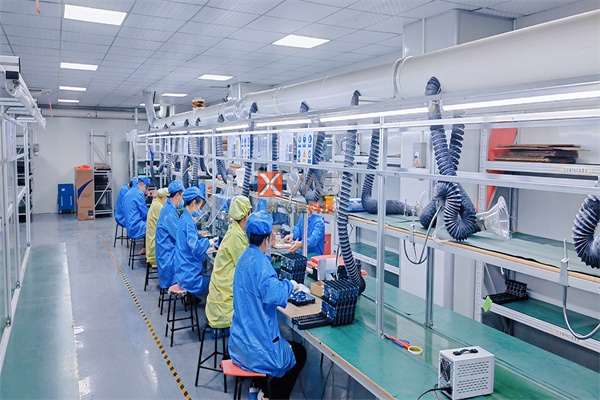DIP processing and SMT processing are two different forms of mounting and processing for electronic product motherboards. The former has existed for a long time, while the latter has been a popular choice among the manufacturing industry in recent years.
The manual plug-in processing technology used in DIP processing involves manually soldering the pins through the sockets on the PCB board.
DIP machined components are usually larger and have longer pins, making them suitable for manual or automatic insertion machines.
The advantage of DIP components is that they are easy to install and replace, but the disadvantage is that they occupy a large space and are not suitable for the design of high-density circuit boards.
SMT processing adopts automated equipment surface mount processing technology, which uses automated equipment to flat mount PCB boards for welding on the equipment.
SMT processed components are usually small and have short and thin pins, making them suitable for automatic mounting through SMT machines.
The advantage of SMT components is that they occupy less space and are suitable for the design of high-density circuit boards. The disadvantage is that they are not easy to replace and repair.
Overall, the choice between DIP processing and SMT processing depends on the design requirements of the circuit board and the production process requirements. In the manufacturing of modern electronic products, SMT has become mainstream because they can achieve higher density and higher production efficiency.


